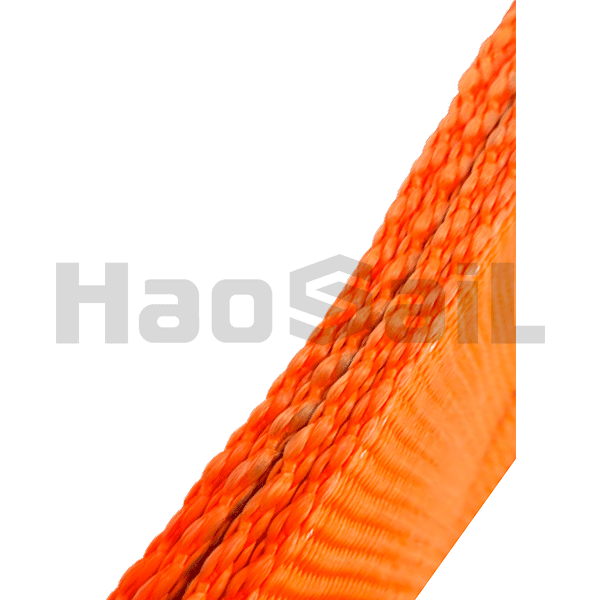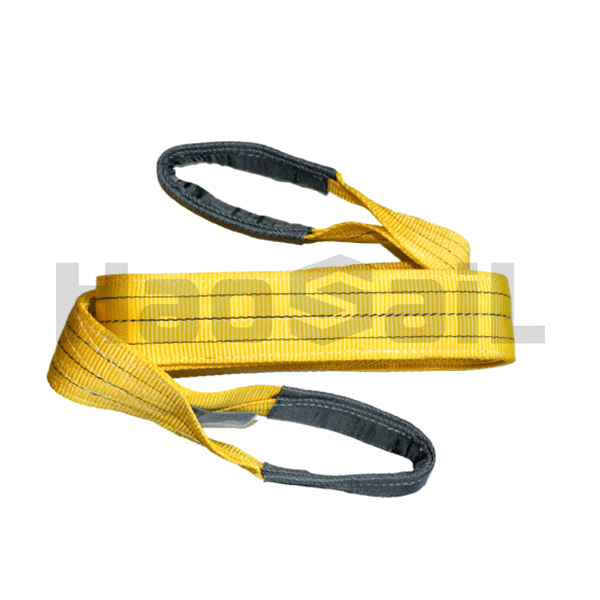A four-layer webbing sling is a type of lifting sling that is made from four layers of synthetic webbing material, typically polyester or nylon, which are sewn together to form an even stronger and more durable sling than a double layer sling.
The four layers of webbing provide additional strength and abrasion resistance, making it suitable for heavy-duty lifting applications where the load is extremely heavy or has sharp edges or corners. The added layers also help to distribute the load more evenly, reducing the risk of damage to the load and increasing the overall strength of the sling.
Four-layer webbing slings are commonly used in industries such as construction, manufacturing, and transportation for lifting heavy loads such as large machinery, steel coils, and other heavy industrial equipment. They are also often used in applications where the load needs to be lifted at an angle, as the four-layer construction helps to prevent the sling from twisting or slipping.
Like single and double layer webbing slings, four-layer webbing slings are available in various widths and lengths to accommodate different load sizes and lifting requirements. They are also color-coded to indicate their weight capacity and are rated based on their working load limit (WLL).
Overall, four-layer webbing slings are a highly durable and reliable solution for heavy-duty lifting applications and are often preferred over traditional wire rope or chain slings due to their lighter weight, greater flexibility, and reduced risk of damage to the load.








_100.jpeg)
_1000.jpeg)